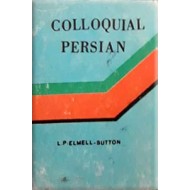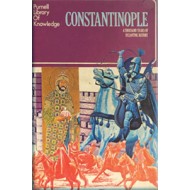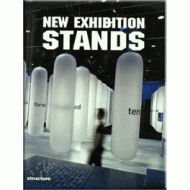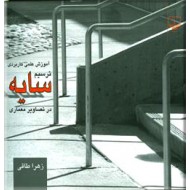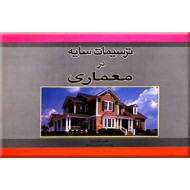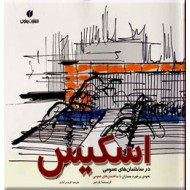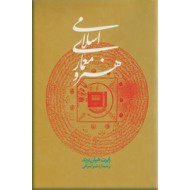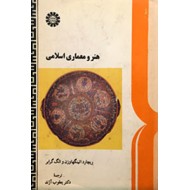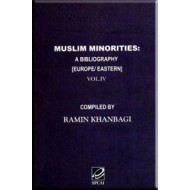
- موجودی: موجود
- مدل: 194103 - 118/2
- وزن: 1.30kg
Islamic Architecture Iran
نویسنده: Antony Hutt , Leonard Harrow
ناشر: Interlink Pub Group Inc
زبان کتاب: انگلیسی
تعداد صفحه: 369
اندازه کتاب: خشتی - سال انتشار: 1977 - دوره چاپ: 1
کمیاب - کیفیت : درحد نو
مروری بر کتاب
مصور - تعدادی رنگی
Islamic architecture comprises the architectural styles of buildings associated with Islam. It encompasses both secular and religious styles from the early history of Islam to the present day. Early Islamic architecture was influenced by Roman, Byzantine, Persian, Mesopotamian architecture and all other lands which the Early Muslim conquests conquered in the seventh and eighth centuries.
Further east, it was also influenced by Chinese and Mughal architecture as Islam spread to Southeast Asia. Later it developed distinct characteristics in the form of buildings, and the decoration of surfaces with Islamic calligraphy and geometric and interlace patterned ornament. New architectural elements like cylindrical minarets, the pointed arch, muqarnas, arabesque, multifoil were invented. The principal Islamic architectural types for large or public buildings are: the mosque, the tomb, the palace, and the fort. From these four types, the vocabulary of Islamic architecture is derived and used for other buildings such as public baths, fountains and domestic architecture.


